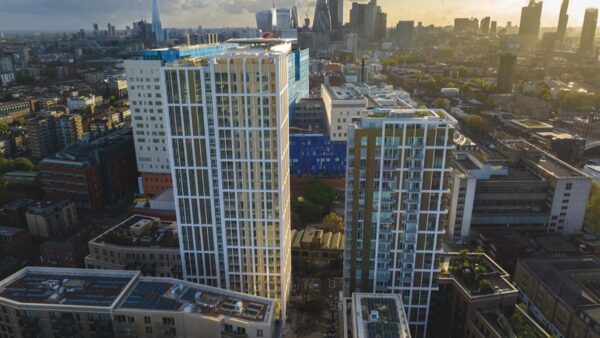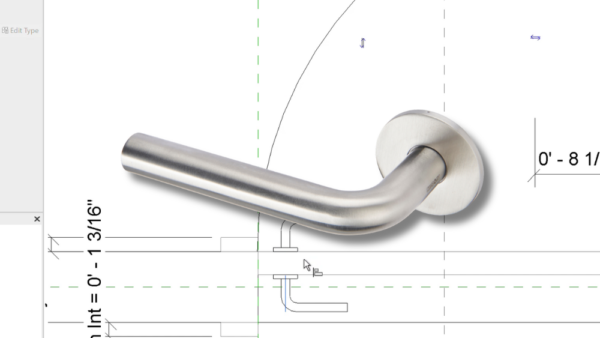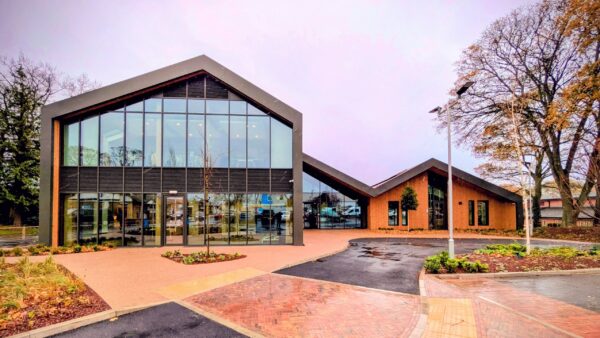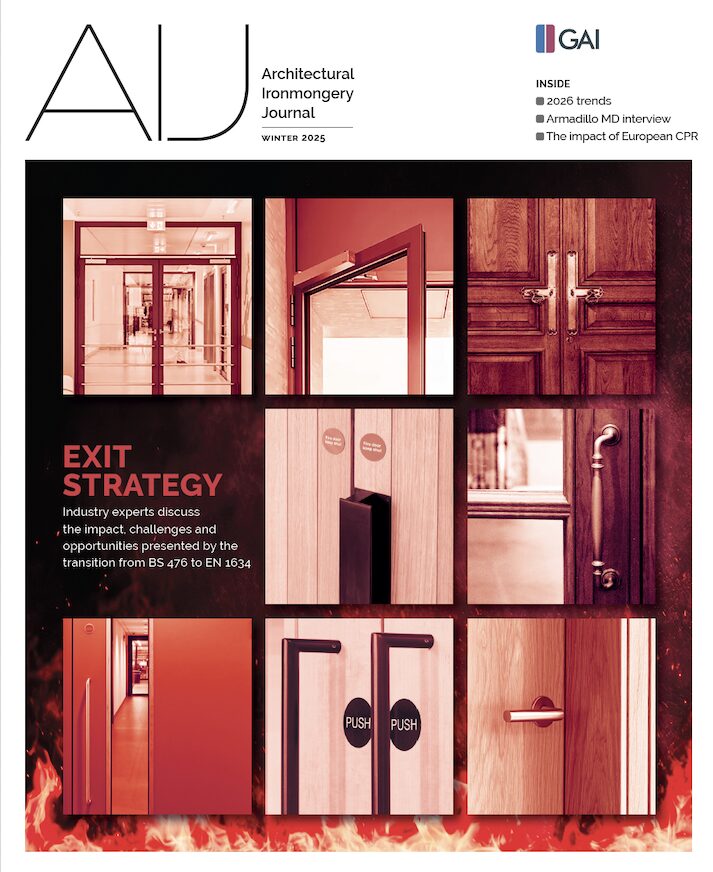‘Iconic’ is an overused adjective, but it still holds true about the remarkable work of Richard Rogers (1933 – 2021).
From the Centre Pompidou in Paris, to London’s Lloyds Building and the Millennium Dome, Rogers’ signature style has created genuine landmarks in cities around the world. They are icons of innovation, presenting radical and influential ideas such as exposing internal workings of a building visibly on the exterior. Zip-up, inside-out, fun palaces and piazzas are all part of the Rogers creative oeuvre, informed by his belief that buildings are about people, and what happens in the spaces between them is as important as the structure itself.
This summer (18 June -21 September 2025) Sir John Soane’s Museum will present the UK’s first retrospective survey of Richard Rogers’ life and work since his death in 2021, with an exhibition focusing on the visionary architect’s eight favourite projects from 1967 to 2020: including the Zip-Up House, the Centre Pompidou, Lloyd’s of London and the Millennium Dome.
Richard Rogers: Talking Buildings (18 June – 21 September 2025) will be designed and curated by Richard’s son, Ab, and is accompanied by a specially commissioned installation by Rogers’ former practice, Rogers Stirk Harbour + Partners, now RHSP, showcasing its impact on global urban spaces.
Featuring drawings, films and his trademark, highly coloured Perspex models, Talking Buildings creates a vivid and immersive portrait of Rogers, not least as an architect who never stopped developing his social, environmental, ethical and political passions and for whom buildings were the physical manifestation of his beliefs.
The exhibition begins in the late 1960’s, with Rogers House, the brilliantly simple, lightweight home he designed for his parents. Complete with a bright yellow, green and orange interior colour scheme and pristine white polyurethane floor, Rogers referred to the design as a “very simple container”.
Designed between 1976 and ’68, the striking Zip-Up House (or Zip-Up Enclosures No. 1 and 2 to give its full title) was a joint concept created with his first wife, Su Rogers. The plan was a response to The House of Today competition, which was sponsored by DuPont. It was exhibited at the 1969 Ideal Home Exhibition.
The underlying idea behind the design was for a low-cost, factory-built home that was quick to assemble (and re-assemble) using readily available materials, such as the insulation panels used in refrigeration trucks. Explaining their thinking, Rogers said: “Buying clothes off the rack is the norm. We wanted to do the same for the house – an affordable, speedy kit of parts.” Although the project was not realised directly, it did influence Rogers House.
A key project featured in the exhibition is the Centre Pompidou. A decade after his first forays in domestic architecture, Rogers and his partner Renzo Piano were commissioned to create a vast cultural space in one of Paris’ oldest districts, the Beaubourg. They envisioned it as a heart fed by monumental arteries, once again featuring Rogers’ distinctive bright, primary colours. The colours were specifically chosen to highlight particular functions used by mechanical engineers, for example yellow for electricity, green for water and blue for air-conditioning (which was new as no standard colour existed). In his competition submission, Rogers wrote "A place for all people, the young and the old, the poor and the rich, all creeds and nationalities, a cross between the vitality of Times Square and the cultural richness of the British Museum."
Although some critics Initially called it the ‘Notre Dame of the Pipes’, the monumental Centre Pompidou became an instant visitor attraction and remains one of the city’s most photographed and visited attractions.
One of Rogers’ last projects before his death in 2021, was the remarkable Drawing Gallery at Château La Coste, in Aix-en-Provence. Opaque, except for floor-to-ceiling glazing at both ends, the oblong-shaped structure serves to concentrate the visitor’s gaze, directing them across the surrounding 200-hectare site (of which 130 hectares are devoted to vineyards).
Much as it is a retrospective devoted to the architect and his work, Richard Rogers and RSHP: Talking Buildings will also highlight his collaborative approach to his projects and a lifelong commitment to democratising architecture, transforming urban spaces, and demonstrating the potential of design to unite people. Two specially commissioned films by graphic designer and filmmaker Marina Willer will showcase Rogers’ perspectives on the selected projects, as well as his thoughts on architecture, ethics, and sustainability.
The Museum’s ground-floor Foyle Space will feature a specially commissioned display, RSHP: Dialogue and Design, showcasing the breadth of Richard Rogers Partnership, Rogers Stirk Harbour + Partners and today, RSHP’s designs, and their influence on modern architecture and urban design in London and globally.
“A central part of Talking Buildings is telling the story of this visionary architect’s career, through a carefully curated selection of his work. Each scheme is displayed and deconstructed through large format drawings, models and moving imagery, directing particular focus to Rogers’ way of working: communicating his singular vision,” explains Will Gompertz, Director of Sir John Soane’s Museum. “We are delighted to be collaborating with Ab Rogers, to paint a vivid and immersive portrait of his father Richard, a man who never stopped developing his social, environmental, ethical and political passions, and for whom buildings were the physical manifestation of his beliefs.”
Ab Rogers, Creative Director of Ab Rogers Design says, “For Talking Buildings, we wanted to create an experience that explored Richard’s work through the lens of activism and intellectual expression as much architecture, revealing him as someone who never stopped developing his social, environmental, ethical and political passions, and for whom buildings were the physical manifestation of his beliefs, but not the sole legacy.”
John McElgunn, Senior Director at RSHP says: “Richard and his partners were radical, visionary, and above all, humanists. They developed a distinctive architectural approach and a social vision for the practice. Their work extended far beyond the act of designing individual buildings as they envisioned the city as a whole, grounded in the belief that architecture has a broader social responsibility. Those principles continue to evolve and guide us at RSHP today.”








